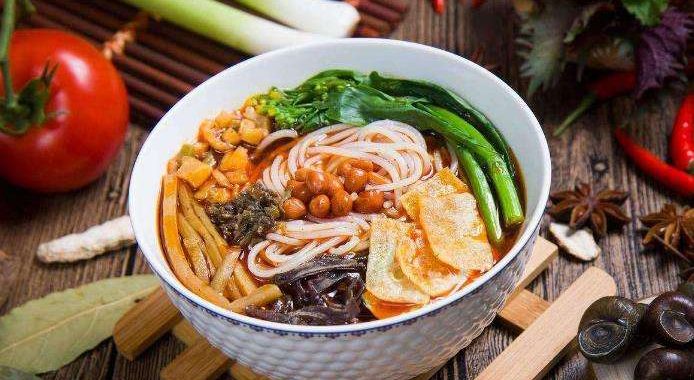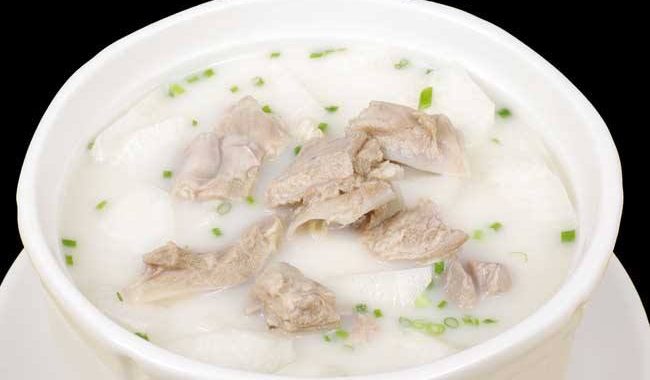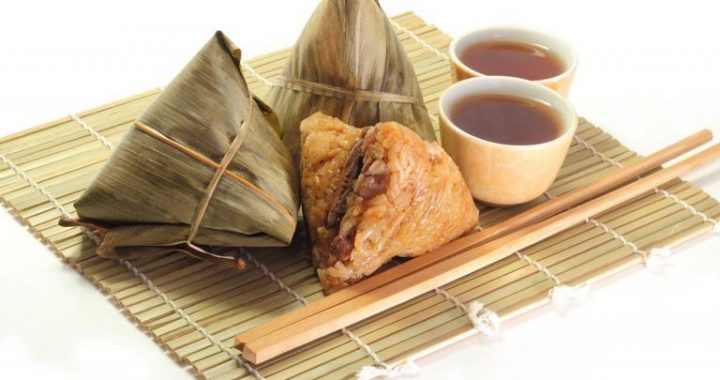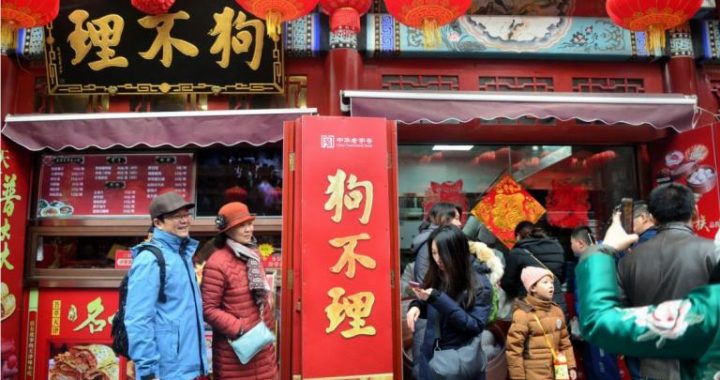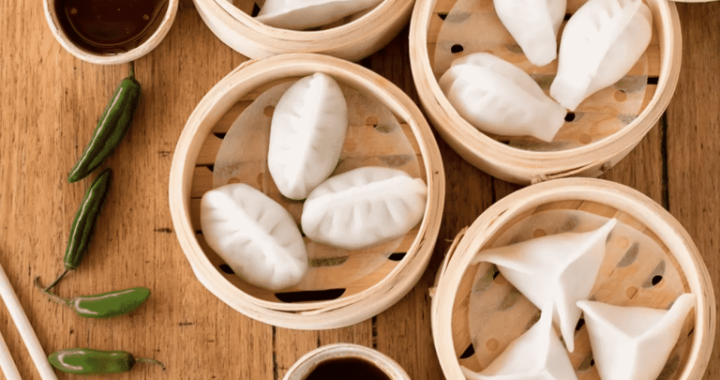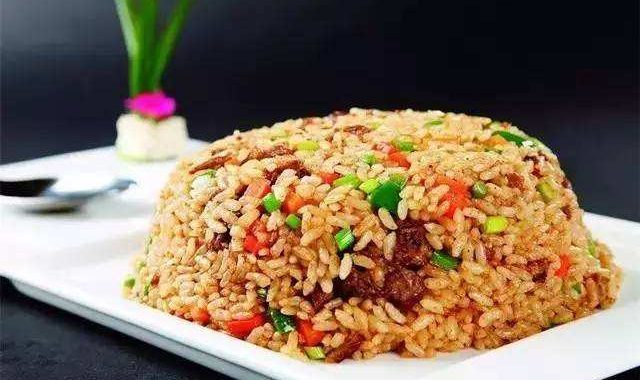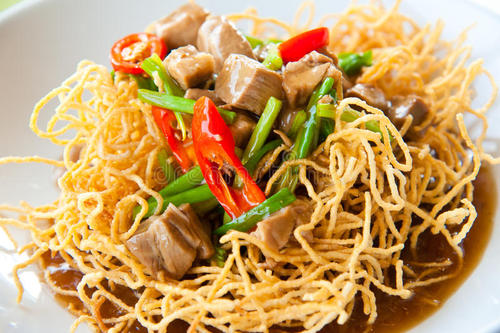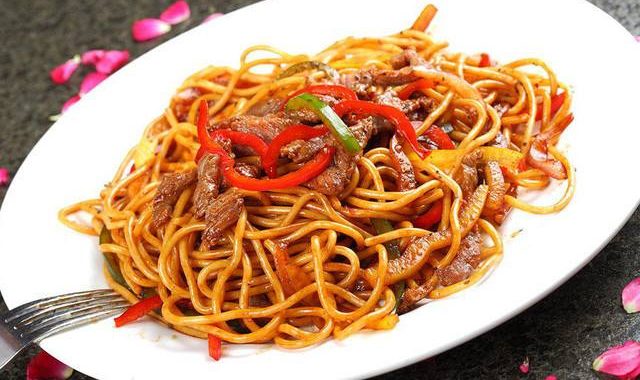Chinese Food Characteristics
5 min read(1)Waste not,want not
As the art of cooking evolved over the ages,the Chinese ancestors boldly experimented with available foodstuffs in order to make the most of their natural resources.By the time of the Spring and Autumn-Warring States period(770-221 BC),a scientific theory of balanced nutrition had been developed.The ideal diet was considered to consist of the five staple grains,supplemented by the five fruits and the five domestic animals and completed by the five vegetables.
The Chinese concept of what can be eaten is very broad.Edible plant products include not onlycommon grains and vegetables,but also numerous herbs,fruits,flowers,and fungi.Among these are huanghuacai(daylily buds),nu’er(wood ear fungus),huaihua(pagoda tree flower),xiangchun(Chinese toon shoots),gouqive(leaves of Chinese wolfberry),and elm bark.In the case of watermelon,not just the flesh is eaten.The rind is also used in cooked dishes,eaten cold with seasonings,or pickled,and the seeds are dry-roasted for a popular snack.All parts of animals are used,including ears,tongue,wings,webs,and internal organs.Skin is dried and deepfried,and coagulated blood is used in various dishes and soups.

Modern Chinese society possesses an enhanced awareness of environmental issues,including the humane treatment of animals.The hunting of endangered species is prohibited,and enlightened dietary habits are promoted throughout the country.

(2)The importance of vegetables
It is said that people around the world eat in three different ways-with their hands,with knives and forks,and with chopsticks.The Chinese people are known all over the world for their use of chopsticks.Why were chopsticks invented in China?Perhaps the most important reason concerns the traditional Chinese diet.The most common food in ancient China was geng,a type of thick soup made with grains,vegetables,and meat.Chopsticks were ideal for lifting pieces of vegetables and meat out of the broth.
The Chinese character”菜”cai has several closely related meanings-vegetables,cooked dishes,and overall cooking style.This character includes the component”+”caosi tou(grass on top),which depicts a leafy plant,indicating the importance of vegetables in Chinese cuisine.Statistics indicate that over 600 different vegetables are eaten in China,more than six times as many as in the West.In Western cooking,large pieces of meat,such as steak,chicken,or pork chops,are often eaten as the main course.In Chinese cooking,on the other hand,meat is usually cut into small pieces or shreds and cooked with vegetables.

Braised Vegetables
The great Chinese revolutionary Dr.Sun Yatsen(Sun Zhongshan)(1866-1925 AD)wrote,”Plain tea and boiled grain are the daily fare of the Chinese people,and they especially enjoy vegetables and tofu.”This diet is in complete accord with modern medical recommendations for healthy living.
Among China’s rural population,the most long-lived are those who do not drink alcohol or eat meat.
The traditional Chinese diet consists primarily of grains and vegetables.Some scholars believe that this has contributed to the deeply rooted nature of the Chinese people,and their abiding connection to their native land and ancestral traditions.Chinese people have a deep love of their birthplace,and do not leave it lightly.Even those who are living thousands of miles away often wish to return to their homeland in their later years.
Over approximately ten thousand years of agricultural development, the Chinese people discovered a multitude of edible plant products. Vegetarianism in China has a history reaching back several thousand years. The Chinese vegetarian diet includes not just grains and vegetables, but also greens, fungi, roots, legumes, and soybean and bamboo products. Vegetarian cooking utilizes many complex techniques to create a wide range of dishes, including tofu dishes, soups and stews, and deep-fried dishes. China’s vegetarian cuisine reached its height during the Tang-Song period (618-1267 AD).
Over 100 different vegetarian dishes were available in the vegetarian restaurants of the Song Dynasty’s capital city, and a number of vegetarian cookbooks enjoyed wide popularity during this time. By the time of the Ming-Qing period(1368-1911 AD), distinctive monastic, imperial, and popular styles of vegetarian cuisine had emerged, and there were famous vegetarian restaurants all over the country. In order to attract a wider clientele, these restaurants developed a number of vegetarian recreations of meat dishes. Among these were vegetarian chicken, vegetarian fish, vegetarian ham, vegetarian pork shreds with sauce, vegetarian prawns, and Gongbao vegetarian pork. These delicious vegetarian dishes, perfect imitations of their animal-product counterparts, were true works of art.
(3)Dining styles
Ye Yan(Outdoor Banquef),copy of wall painting from Dunhuang Grottoes;originalc.Tang Dynasty(618-907AD)There are two main styles of dining in the world:individual and communal.In the case of individual-style dining,each person eats from an individual bowl or plate of food.In communal-style dining,everyone sits around a table and shares food out of common serving bowls and platters.Prior to the Tang Dynasty,Chinese people generally ate sitting on the floor using individual bowls.Following the popularization of tables and chairs,the communal style of sharing food gradually evolved.The original form of the character“维”xiang(to wine and dine a guest)graphically portrays this traditional way of eating,depicting two people seated across from each other with a platter of food between them.A painting of a banquet from the Dunhuang Grottoes,dating from the Tang Dynasty(618-907AD),depicts a group of people eating communally out of a number of serving vessels.
Whether at daily meals,family gatherings,village feasts,or official banquets,Chinese people almost always eat communally.Gathered around the table,everyone joins in sampling the colors,flavors,and textures of the various dishes and praise the artistry of chef.Offering toasts and pressing special tidbits on each other,the diners enjoy a lively exchange of ideas and sentiment.The traditional round Chinese dining table,with a rotating lazy susan in the middle,was developed to facilitate this communal style of eating.In recent years,however,the hygienic advantages of the individual dining style have gained increasing recognition in China.
